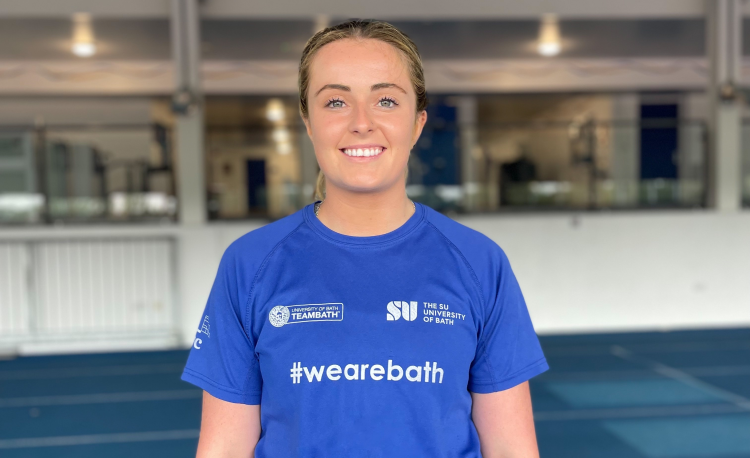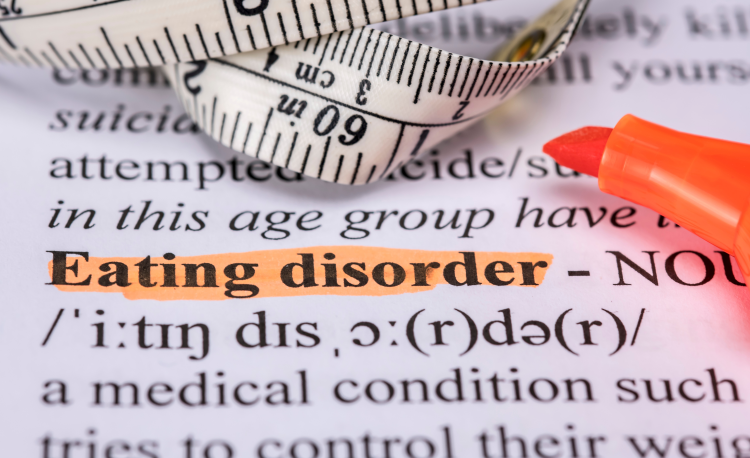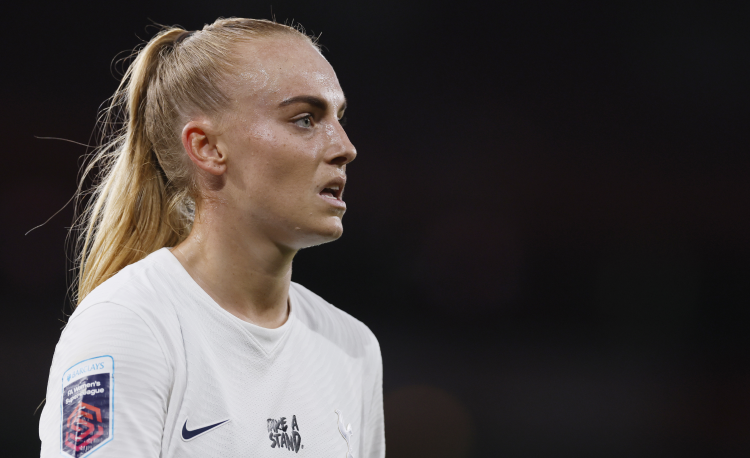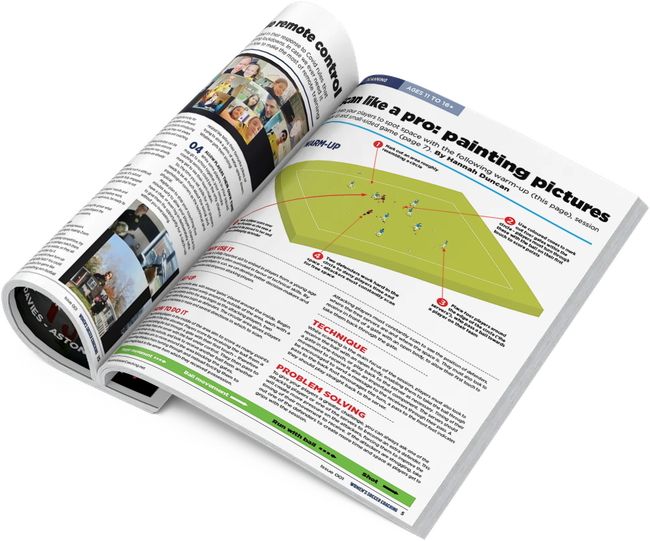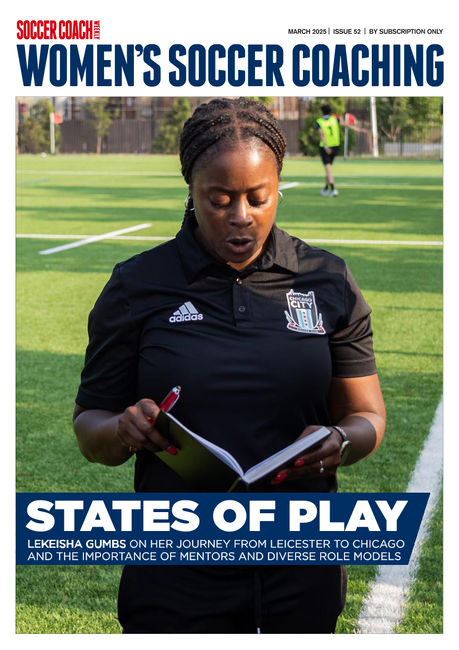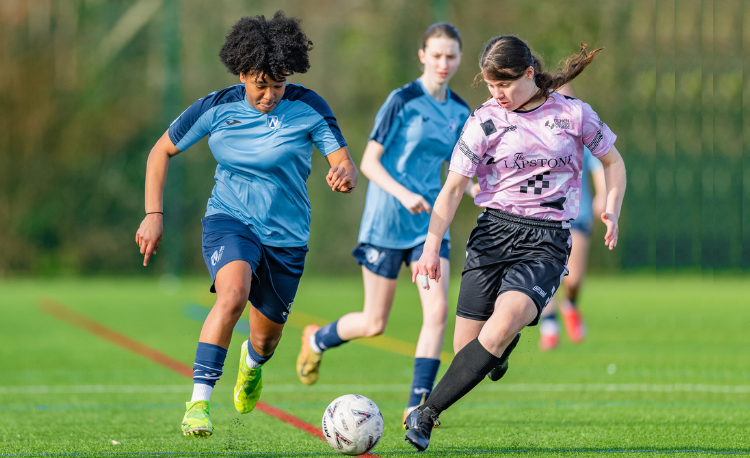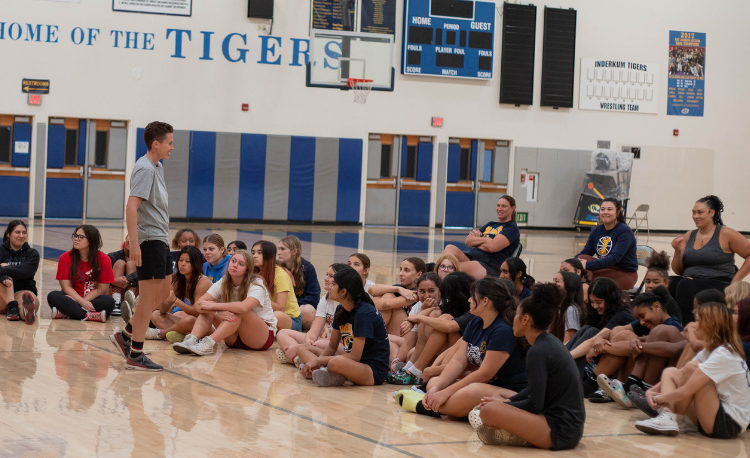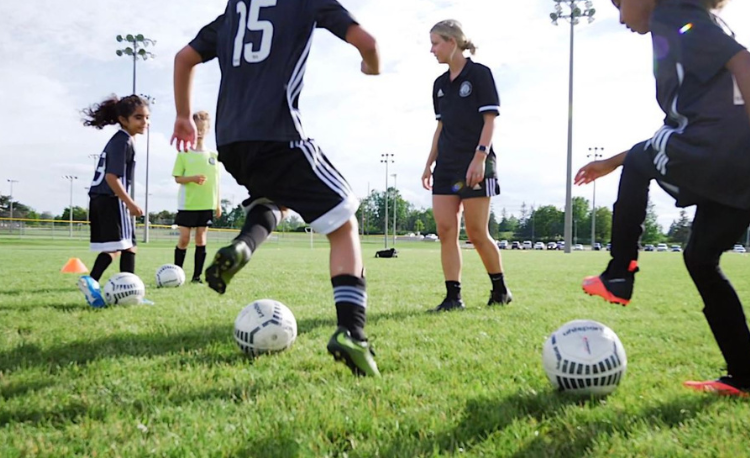You are viewing
2 of your 3 free articles
How to support female soccer players with eating disorders
Kate Walsh laments a lack of research on disordered eating in female soccer players - but says coaches can still support players in their own environments.
Research shows athletes appear to be somewhat more at risk of eating disorders than non-athletes, with risk factors varying between different sports.
Disciplines that emphasise leanness and aesthetics, such as gymnastics, have often been highlighted as having a high incidence of disordered eating, with the majority of research resources being directed their way.
But what about soccer, where eating problems may be just as prevalent? In reviewing current research on the topic, one thing stood out: Its absence when it comes to female soccer players.
Plenty of literature focuses on eating disorders in male players, with research spanning years, countries and levels of professionalism - but, like in so many other footballing domains, women appear to have been overlooked.
This is despite a series of findings proving how women are significantly more likely to suffer from an eating disorder than men, particularly in the world of elite sport.
Written in conjunction with the University of Cambridge, my research proposal sought to establish the prevalence of eating disorders, disordered eating and low-energy availability in full-time English internationals at all relevant age groups.
The latter term refers to when players don’t have enough energy left for their general physical functioning after accounting for that needed for their football workload.
My research revealed a number of gaps in the literature that need to be considered when preventing, recognising and reducing disordered eating in female soccer players, with a recent study indicating that up to 36% of elite female players in England exhibit symptoms of one or more eating disorders.
Since the England national team’s success at last year’s Euros, media coverage of the women’s game in the country has skyrocketed. Previously, media exposure and related body-image pressures have been linked to increases in eating disorders – yet this hasn’t been examined in female players.
Another factor demanding attention is athlete age. Transitional years, such as when moving from grassroots to academy or junior to senior-level football, may be catalysts.
At these stages, players endure increased workload, greater pressure on eating well and an increasing focus on the gym and fitness. It is critical to keep a keen eye on them at these times.
There are a number of ways you can support your players as a coach:
- Educate yourself: You can’t expect to know everything, especially if you haven’t experienced an eating disorder. But if you familiarise yourself with the key signs, and are a source of support, you are already going to be doing more than so many others.
- Look for the signs: Use your new-found knowledge and put it into practice.
- Maintain open conversation: Some players may be having intrusive thoughts, displaying disordered eating patterns or rapidly losing weight and be totally unaware. By speaking openly about the topic, you may increase their self-awareness before their condition worsens. This will reduce taboo around the topic and help build trust between you and your players.
- Vulnerability isn’t weakness: Football environments can perpetuate the notion that being emotionally honest is a sign of weakness. Work with your staff to cultivate a culture which facilitates acceptance.
- Research: Women’s soccer is the fastest growing sport in the UK and the pressures which come with this need to be properly managed. Research is needed to inform this process, enabling us to fulfil the duty of care we have for our players.
Currently, the research out there on eating disorders in elite women’s soccer – types, prevalence, prevention and treatment – is virtually non-existent.
However, this doesn’t mean there aren’t things that can be done to help players suffering or to raise awareness of the potential risks of footballing environments.
Though the research hasn’t yet given female players the attention they need, don’t let your players go unseen.
Related Files
Newsletter Sign Up
Newsletter Sign Up
Discover the simple way to become a more effective, more successful soccer coach
In a recent survey 89% of subscribers said Women's Soccer Coaching makes them more confident, 91% said Women's Soccer Coaching makes them a more effective coach and 93% said Women's Soccer Coaching makes them more inspired.
*includes 3 coaching manuals
Get Inspired
All the latest techniques and approaches
Women's Soccer Coaching offers proven and easy to use soccer drills, coaching sessions, practice plans, small-sided games, warm-ups, training tips and advice.
We've been at the cutting edge of soccer coaching since we launched Soccer Coach Weekly in 2007, creating resources for the grassroots youth coach, following best practice from around the world and insights from the professional game.
